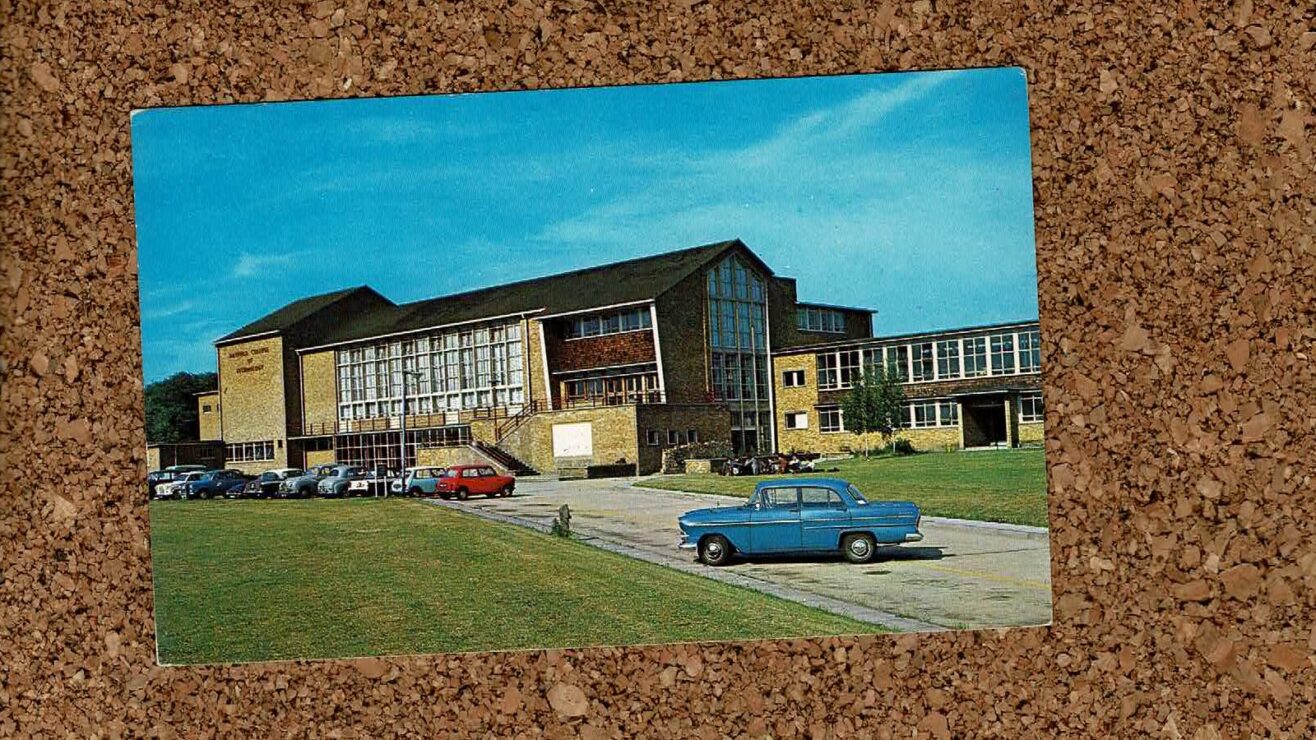It’s the ultimate niche wonk society which is all about academic dress. The Burgon Society is focused on serious study, contemporary and historical, of university gowns, hoods and hats. It’s certainly an unusual group but one which is clearly authoritative in the field. They also have a very exciting ‘Hood of the Month’ competition.

The Burgon Society was founded in 2000 in response to a growing interest in the subject of academical dress. It is named after Dean Burgon, the only person to have a shape of academical hood named after him.
The aims of the Society are:
- to co-ordinate the study of academical dress in all its aspects – design, history and practice;
- to preserve details of the past and present practices of institutions regarding academical dress;
- to act in an advisory capacity to film and television companies, and to those who wish to ensure correctness in the usage of academical dress.
The great news is that membership of the Society is open to anybody who is interested in academical dress. There are currently over 100 members worldwide apparently who are all extremely keen on this kind of historical perspective.
Academic Dress has its origin in the everyday dress of men and women in the Middle Ages. This consisted of a tunic (or toga) over which might be worn a cloak. Over the tunic or cloak, to protect the head and shoulders, would be a hood.
The ancient universities began as communities of scholars and teachers in a religious school around a great cathedral or monastery. Students at the early european universities, Bologna, Paris, Oxford and Cambridge, for example, were clerics (clerks). They were not necessarily priests but were, at least, in minor holy orders. As such they were subject to church law and discipline and were expected to dress soberly. Their dress, like that of the parish clergy, was quite similar to that of everybody else but was particularly distinguished by being long and closed. Their outer cloak was closed with one or two openings for the hands.
There’s loads more of this on the website and the extremely detailed journal of the Society has some outstandingly niche articles such as these:

Factors Influencing the Evolution of Academic Dress at Kenyatta University, Kenya. Leonard E. Newton
Academical Dress in Sweden. Klaus Solberg Søilen
An Act to Avoid the Excess in Apparel 1554-5. Noel Cox
‘Hooded Crows’? A Reflection on Scottish Ecclesiastical Dress and Ministerial Practice from the Reformation to the Present Day. Graham Deans
The Academic Robes of Graduates of the University of Cambridge from the End of the Eighteenth Century to the Present Day. Nicholas Groves
Finally, you won’t believe just how many robe makers there are in the UK. I can name two but there are quite a few more as this list shows.
So, let’s hear it for the Burgon Society. Extremely niche but just the kind of organisation our sector needs.
(With thanks to Dr John Horton of the University of Nottingham, University Marshal and academic dress expert, for drawing this to my attention.)












